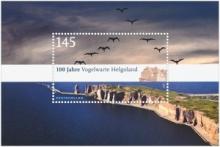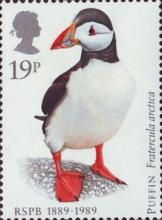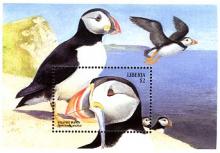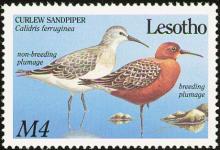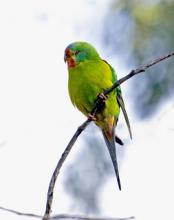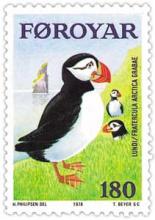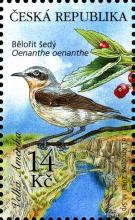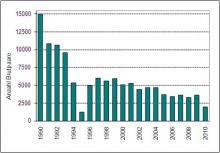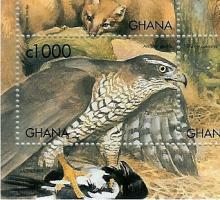Fast 60% der Brutvogelarten im Wattenmeer zeigen negative Trends
Das Wattenmeersekretariat hat jetzt den Brutvogelreport für das Wattenmeergebiet von den Niederlanden über Niedersachsen und Schleswig-Holstein bis nach Dänemark vorgestellt. Fast 60% der Brutvogelarten im Wattenmeer zeigen negative Trends. Typische Vogelarten wie Austernfischer, Säbelschnäbler, Seeregenpfeifer und Flussseeschwalbe zählen zu den 15 Brutvogelarten, die im Langzeittrend seit über 20 Jahren abnehmen, sieben Arten wie Löffler, Heringsmöwe und Kormoran nehmen in ihrer Anzahl zu und vier Arten verhalten sich stabil oder es können wegen schwankender Bestände keine Aussagen gemacht werden. Eine Stabilisierung zeigen nur wenige Arten. Vielmehr hat sich die Abnahme über den letzten Jahren noch gesteigert. Das zeigt der Bericht der trilateralen Vogelexpertengruppe über Zahlen und Trends der Brutvögel im internationalen Wattenmeer. Untersuchungen im Wattenmeer zeigen, dass die negative Bestandsentwicklung durch einen zu niedrigen Bruterfolg verursacht wird.

